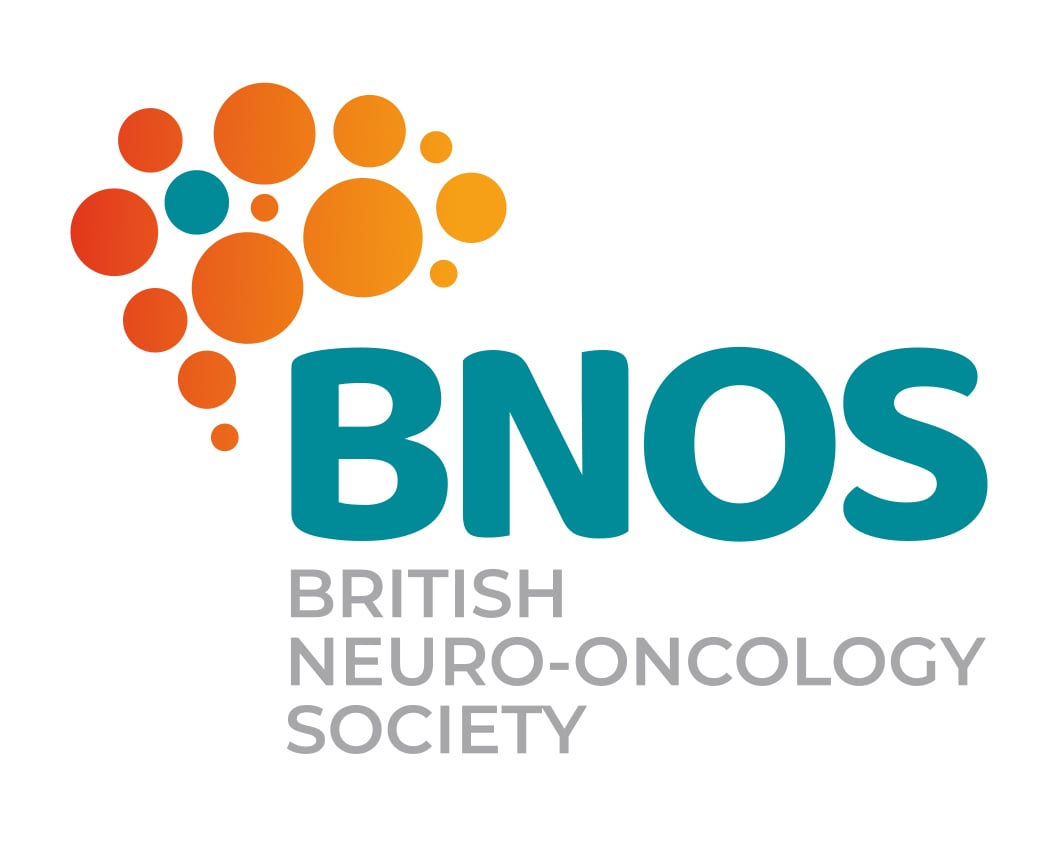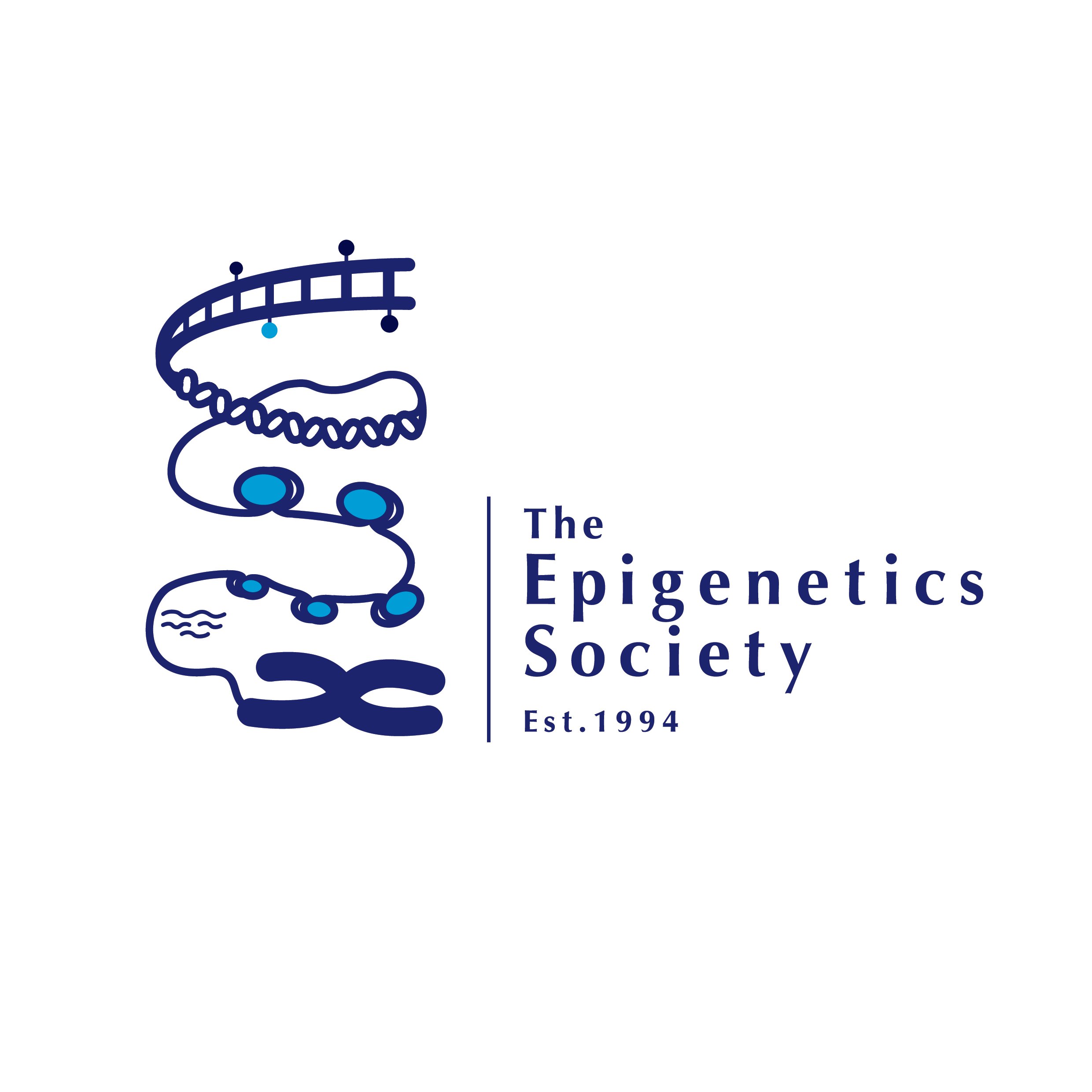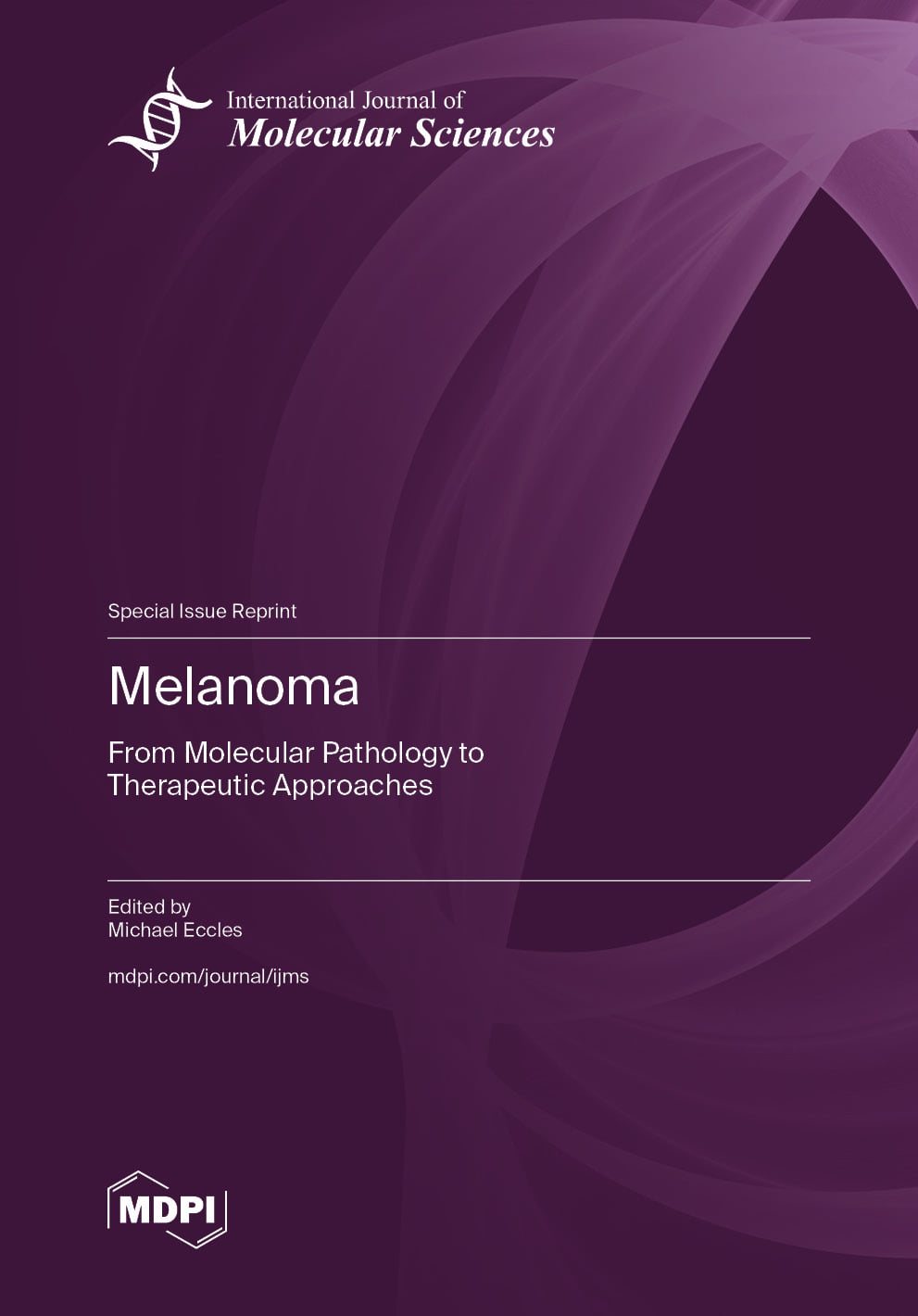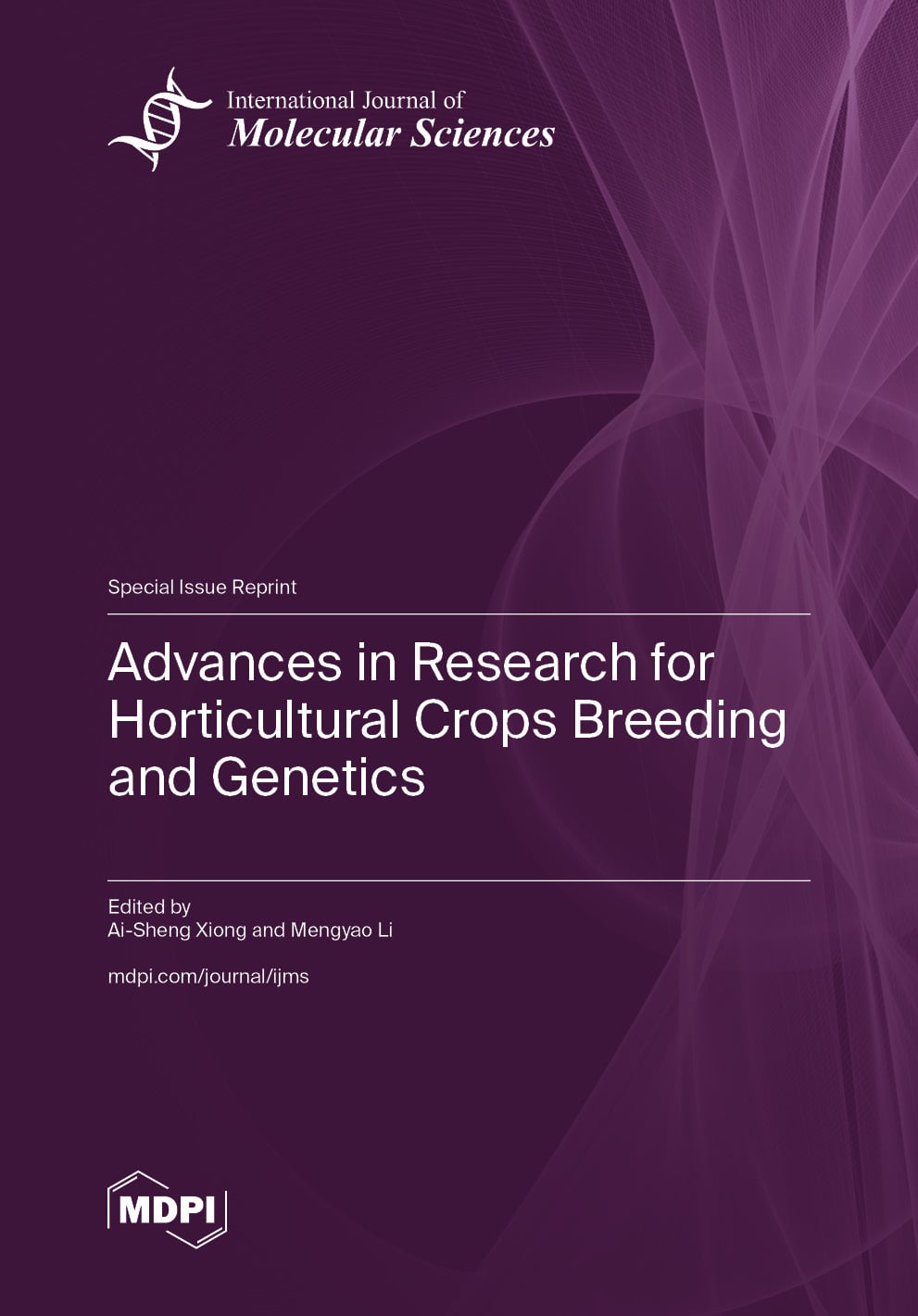- Article
Discrimination of Hard Ticks by Polymerase Chain Reaction–Restriction Fragment Length Polymorphism (PCR-RFLP)
- Nandhini Perumalsamy,
- Rohit Sharma and
- Ayyanar Elango
- + 2 authors
Hard ticks are important vectors for several human and zoonotic pathogens, transmitting diseases such as Crimean–Congo hemorrhagic fever, Lyme disease, Kyasanur forest disease, Powassan virus disease, Tick-borne encephalitis, Rickettsiosis, and Anaplasmosis. Morphological identification of ticks relies on taxonomic keys but is often challenging due to damaged, engorged, or immature specimens and requires expertise. Molecular taxonomy can be a supplement to species identification and usually requires nucleotide sequencing of the genetic markers. PCR-RFLP is an important tool for tick identification and can be supplemented to the classical taxonomy. The current study focused on the morphological identification of important hard tick vectors from India, their phylogenetic positioning, and developing a PCR-RFLP based diagnostic tool for easy identification of hard tick vectors. The primer sets were designed to amplify the ITS-2 region from important tick vectors causing human and zoonotic diseases in India. These ticks were morphologically identified with taxonomical keys, and the extracted genomic DNA were used for ITS-2 based PCR amplification. The nucleotide sequences from each vector were used for their phylogenetic positioning. We obtained variable sizes of ITS-2 amplicons from each species and utilized the sequence for RFLP assays design. We have successfully shown PCR-RFLP based assays with two different restriction enzymes (Hae III & Rsa I) with specific restriction sites on the amplified regions. The PCR-RFLP tool showed different DNA fragment patterns on the agarose gel, specific for each hard tick vector. This study presents the phylogenetic positioning of Indian tick vectors and demonstrates the development and applicability of a molecular tool for their identification.
26 December 2025






